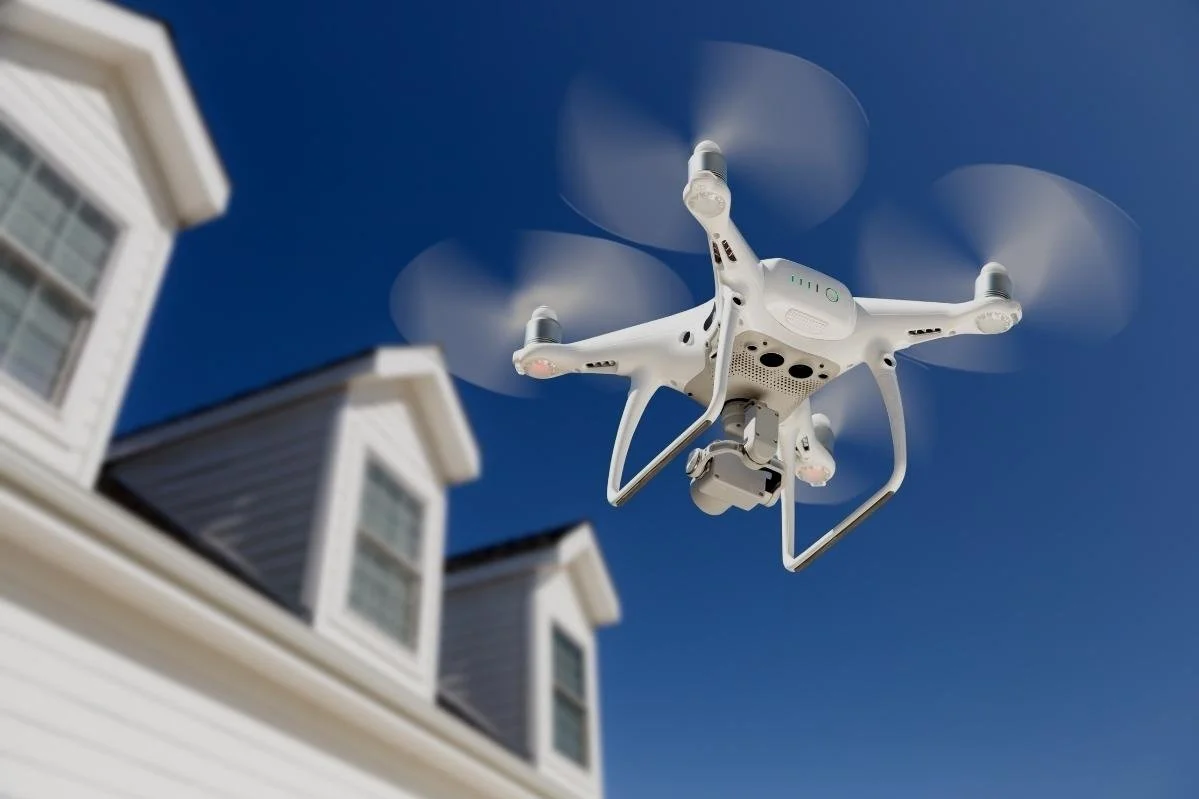Did you know experts recommend homeowners conduct a roof inspection at least once a year? And homes that experience extreme weather events will call for more frequent inspections.
Yet, with different roof inspection methods, which should homeowners and property managers choose?
In this article, you'll learn about the pros and cons of drone roof inspections. Let's dive in.
How Do Drones Work?
Drones use rotors to hover above the ground. The rotors consist of a propeller attached to a motor. When the rotors increase speed, they produce an upward force greater than gravity, allowing them to fly.
Many drones come equipped with 4K resolution technology for capturing high-quality photos and videos.
How Do Drones Inspect Roofs?
Home inspectors often use binoculars to inspect a roof from the ground. They may also go into the attic to check the roof from the underside or climb a ladder to the eaves.
This is for the safety of the roof and the inspectors. It's not smart to walk on a roof, especially if it has problems.
But with a drone, inspectors can view hard-to-see areas and inspect the roof in its entirety.
A lightweight drone can pivot quickly to see different angles and take photos or videos to review.
Drones designed for enterprise work can use an autonomous flight path to ensure inspectors don't miss any area of the roof. They can always make adjustments to the course during the inspection as needed.
Drone Roof Inspections: Pros
There are several benefits of a roof inspection via drone. Improved accuracy is one of them.
Since drones can see more areas than a person with binoculars on the ground can, drones allow inspectors to identify problems easier. Examples include lifting shingles or bent flashing.
Automated flight paths further help improve accuracy and reduce human error.
This allows homeowners and property managers to make more informed decisions about the roof repairs they need.
Additionally, drone inspections take far less time than manual inspections. The inspector stays in one place while the drone does all the work. They don't have to take measurements from the ground or worry about climbing up different sections to view the whole roof.
And with less ladder climbing, there's increased safety for inspectors.
It's much safer to capture photos with a drone than to climb up to get the best view of the area in question.
Drone Roof Inspections: Cons
Of course, drones are not magical tools and have some downsides.
It takes proper care and experience to fly a drone without crashing it. And since drones are expensive, a crash would be a costly mistake.
It's best to hire a professional to conduct your roof drone inspection rather than attempting it yourself. A drone inspection will cost more than a physical inspection, but the cost is worth it to gain more information about the state of your roof.
Moreover, drones aren't perfect, and it's still possible for them to miss a problem. So some manual inspection from inside the home may still be necessary.
Schedule an Inspection
Drone roof inspections have more pros than cons, and they are becoming an industry standard for inspectors.
For more roof inspection tips, contact us at Signature Exteriors. We'd be happy to set up a roof inspection for you or assist with an ongoing project.

